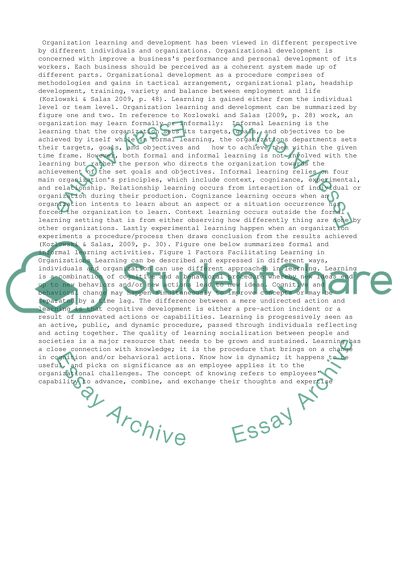Cite this document
(“Organizational learning and development report Essay”, n.d.)
Organizational learning and development report Essay. Retrieved from https://studentshare.org/management/1402843-module-developing-organisational-capacity-case
Organizational learning and development report Essay. Retrieved from https://studentshare.org/management/1402843-module-developing-organisational-capacity-case
(Organizational Learning and Development Report Essay)
Organizational Learning and Development Report Essay. https://studentshare.org/management/1402843-module-developing-organisational-capacity-case.
Organizational Learning and Development Report Essay. https://studentshare.org/management/1402843-module-developing-organisational-capacity-case.
“Organizational Learning and Development Report Essay”, n.d. https://studentshare.org/management/1402843-module-developing-organisational-capacity-case.


